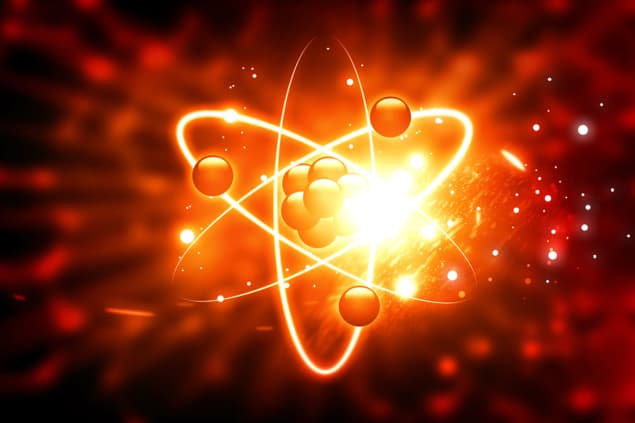
Promising evidence for the existence of a hypothetical dark matter particle has been uncovered in an experiment done by a team led by Vladan Vuletić at the Massachusetts Institute of Technology. However, a related measurement by Michael Drewsen at Aarhus University in Denmark and colleagues found no signs of the so-called “dark boson”.
Physicists know that the Standard Model of particle physics cannot be complete in its current form. For one thing, it does not describe dark matter – an elusive substance that has a profound influence on the evolution of galaxies and larger-scale structures in the universe. Current theoretical candidates for dark matter include hypothetical particles like axions and WIMPs – but decades-long attempts at the direct detection of such particles have come up short.
If dark matter particles behave in a broadly similar manner to known massive particles such as electrons, then interactions between dark matter particles should be mediated by a dark boson. In June 2020, physicists on the XENON dark matter detector observed excess light flashes in an underground liquid-xenon chamber, which may have been related to a dark boson.
Interacting neutrons and electrons
It is possible that a dark boson could mediate interactions between known particles – for example between neutrons and electrons in an atom. This would have a tiny effect on the energy levels of the atom, which could be revealed by making high-precision spectroscopy measurements.
Now, the Vuletić and Drewsen teams have searched for evidence a dark boson in the atomic spectra of isotopes of ytterbium and calcium, respectively. Isotopes were used because their nuclei have different numbers of neutrons and therefore potentially different dark-boson interactions with electrons.

The dark-energy deniers
Using high-resolution spectroscopy, each team measured shifts in the atomic spectra of five different isotopes of the atoms, as their electrons transitioned between two specific hyperfine energy levels. They then produced “King plots” of these transitions – which graph the observed frequency of one transition against that of the other.
According to the Standard Model, these King plots should be perfectly linear – which is what Drewson and colleagues found in their study of calcium isotopes. However, Vuletić and colleagues measured a distinct shift from linearity with a statistical significance of 3σ – which is much too low to be considered a discovery. The team says that the shift could be evidence for the existence of dark bosons, but that it is also in line with another proposed modification of the Standard Model.
Both teams now plan to make more accurate measurements of hyperfine electron transitions.
The studies are described in papers in Physical Review Letters by the Vuletić and Drewsen teams.



